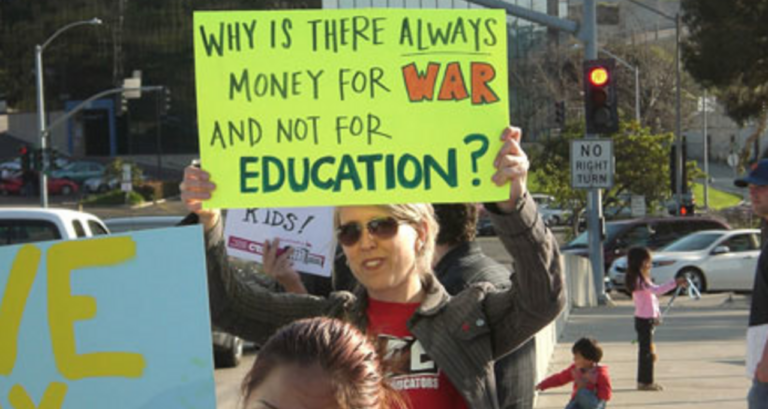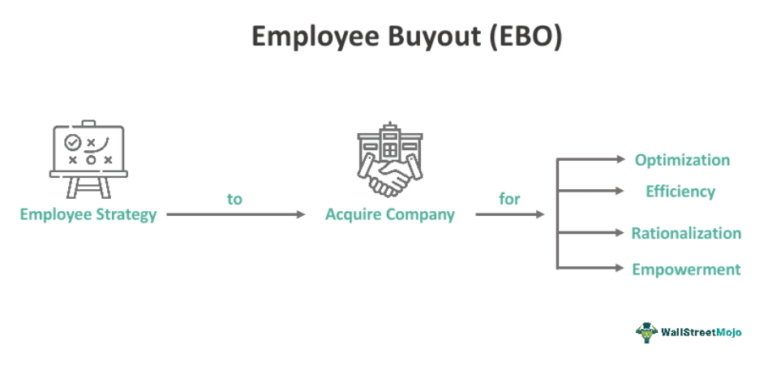
Audience
- Sentiment: Negative
- Political Group: Democratic
- Age Group: All age groups
- Gender: All genders
Overview
- President Trump and Elon Musk plan to significantly reduce the federal workforce, causing panic among employees.
- Thousands of federal workers have received termination emails, leading to widespread protests and criticism from unions and Democratic leaders.
- The initiative raises ethical concerns about the balance between government efficiency and the impact on essential services and workers’ livelihoods.
Radical Changes: President Trump’s and Elon Musk’s Bold Plan to Reshape the U.S. Federal Workforce
A few years from now, if we look back at February 2025, we may remember it as a highly controversial month in American history. In a shocking move that shook the U.S. government to its core, President Donald Trump teamed up with billionaire entrepreneur Elon Musk to make significant changes to the federal workforce. Their ambitions? To drastically reduce the number of people working for the government, especially in departments like the Education Department and the Consumer Financial Protection Bureau. This ambitious initiative has sparked widespread panic and protests among government employees and citizens alike. Let’s take a closer look at what exactly happened and how these changes are affecting people’s lives.
The announcement came quickly, almost like a lightning bolt out of the blue. In just 48 hours, thousands of federal workers received termination emails, telling them that their jobs were, unexpectedly, coming to an end. That meant people who had recently been hired were suddenly left without jobs. Imagine going to work one day, maybe even feeling excited about your new role, and then receiving an email that changes everything. It’s a scenario that many workers are now facing.
So why is this happening? Well, President Trump, alongside Musk and his newly formed Department of Government Efficiency (DOGE), argued that the U.S. federal workforce—made up of about 2.3 million civilians—was overly bloated. Trump referred to it as a “big con job,” criticizing how parts of the government were run and emphasizing his goal of moving the country towards a more streamlined and apparently efficient version of itself. In Trump’s view, many government workers were either unnecessary or ineffective. He felt that changes needed to be made to create a leaner government that could operate more effectively.
But here’s the catch: while the goal may sound great on paper, it comes with serious consequences. The announcement of these mass firings has ignited a whirlwind of panic among government employees. Many workers are living in fear of losing their jobs, and the anxiety could affect their mental health and productivity. Just picture this: you’re working in a government agency, and you hear that hundreds of your colleagues have been let go. You might start wondering, “Am I next?” or “How will this affect my family?” Such thoughts are overwhelming and can create a highly stressful environment.
Moreover, it isn’t just the employees who are affected. The decisions coming from the White House can impact the services that the federal government provides to people across the country. Departments like Education and Consumer Financial Protection Bureau play crucial roles in many Americans’ lives. They help provide education resources, manage consumer financial issues, and support struggling families. With fewer employees, it could lead to disruption in these vital services, leaving many people wondering how they will be supported in the future.
As for those who are facing the unfortunate reality of being laid off, some have begun to accept buyouts—a form of compensation for their lost jobs. Around 75,000 government workers have already opted for buyouts. This number, while only about 3% of the total federal workforce, represents a significant emotional and financial toll on many families. Accepting a buyout means they will get some money to help them transition but also means losing the stability that a federal job often provides. The question is, what comes next? It leaves many people pondering whether they should jump into a job market that’s not always reliable or wait it out for something more stable.
Of course, this entire initiative hasn’t come without criticism. Unions and Democratic leaders are raising their voices against the mass firings, sparking a strong backlash. Unions often fight for workers’ rights, wanting to ensure job security and fair treatment in the workplace. The idea that a sudden wave of job loss could devastate so many lives does not sit well with them. They argue that such a massive reshaping of the workforce could harm not just employees, but also the communities that rely on the services these government workers provide.
Public protests have also erupted in various cities, as people take to the streets to voice their discontent. These protests reflect the growing concern being felt around the nation, with people chanting slogans, holding signs, and demanding that the government value its workers. After all, these are not just statistics on a spreadsheet; these are real people with families, dreams, and responsibilities.
The entire situation really opens up a bigger question: How far should the government go in trying to become more efficient? Efficiency sounds great in theory, but at what cost? This initiative raises ethical questions about the role of government and the balance between cutting costs and ensuring that citizens have access to essential services and support.
While it’s clear that the Trump-Musk initiative has a lofty goal, the impact it has on individuals and families is significant. This situation challenges us to think critically about how we view work, government, and our roles as citizens. In our increasingly fast-paced society, how often do we prioritize profit and efficiency over human needs? It’s important to consider how we can create a government that works for everyone, rather than one that leaves a significant number of people out in the cold.
In the end, change can be incredibly difficult, particularly when it comes to jobs and livelihood. As we navigate this new landscape together, we can only hope that there’s a balance to be found—where the government can be streamlined without leading to mass job losses and broken families.
But what do you think? Do you believe that a more efficient government is worth the risk of job losses for thousands of workers? How would you feel if you were one of those employees receiving that termination email? I’d love to hear your thoughts in the comments below!





